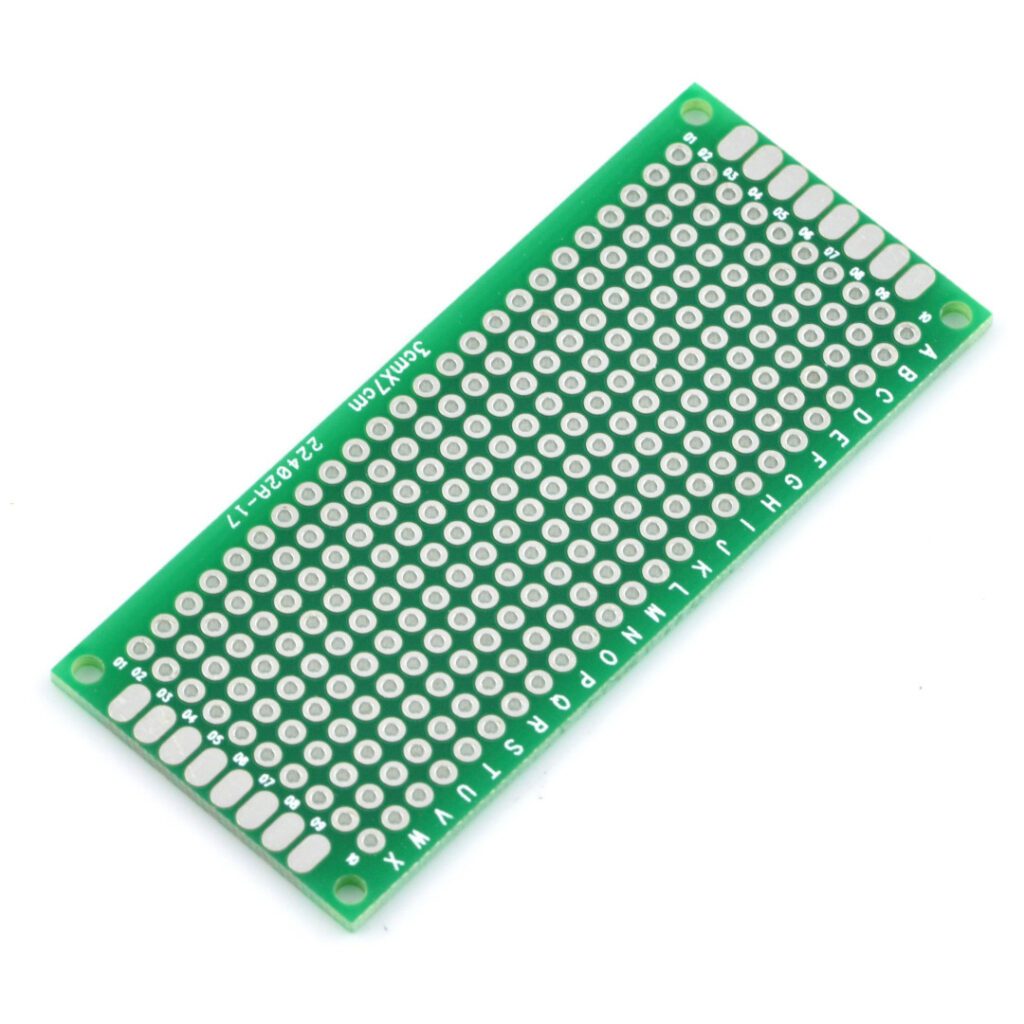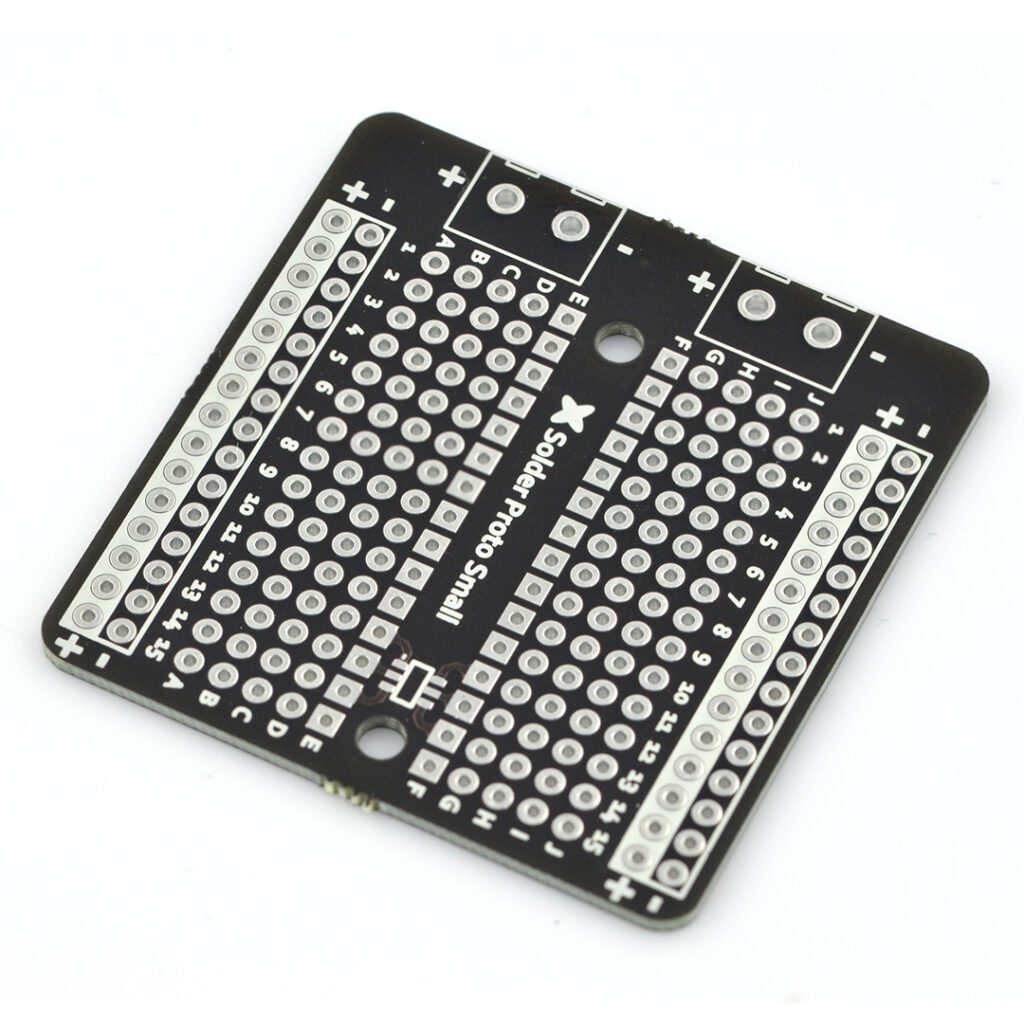Table of Contents:
Discover the secrets of electronic circuit boards, the heart of every modern electrical device. This article will take you through the basics of how they work and the necessary information to understand their importance and application in today’s fast-paced technology world. Keep reading to expand your knowledge of these vitally important components.
Electronic circuit boards - let's start with the basics
Electronic board
is the basic component of most electronic devices. The name “electronic board” is used to describe the place where various electronic components are assembled and connected. The structure of an electronic circuit board is complex and precise, as each component must be carefully designed and positioned to ensure proper operation of the device.
The electronic board consists of, among other things:
- substrates – usually made of plastic or fiberglass, on which all other components are mounted;
- components – these can be various components such as resistors, capacitors, transistors, diodes, microprocessors, etc…;
- Paths – made of copper, they allow electrical current to flow between components.
The purpose of the board is to provide a physical connector for the components and allow signals to be conducted between them via copper paths. The electronic board’s structure makes it possible to create complex electronic circuits in a fixed, compact form. Proper design and manufacturing of the electronic board is crucial to the functioning of the entire device.
Types of electronic circuit boards
Among the most popular types of
electronic boards
can include printed circuit boards, multilayer boards, flexible boards and hybrid boards.
Printed circuit boards
, also known as
PCB
, is the most common type of electronic board. They consist of one or more layers of dielectric material coated with copper, on which there are tracks and soldering points for electronic components. In multilayer models, copper layers are separated by insulation, enabling more complex circuits.
Flexible tiles, associated with state-of-the-art solutions, are characterized by their ability to bend and change shape, maintain functionality in harsh environments, and require less space and resources.
Hybrid wafers, on the other hand, are composite chips that have been combined to take advantage of the benefits of different technologies.
The applications of electronic circuit boards are as diverse as their types – they are used in industry, medicine, consumer electronics, security and many other fields.
When deciding on a particular type of tile, it is important to consider the purpose of its use, the working environment and the required standards and regulations. Each type of electronic circuit board has its own unique features and characteristics that determine its application.
Tile manufacturing process - what does it look like?
Manufacturing
electronic wafer
is a complex process that involves a wide variety of technologies. First of all, it is possible today to create tiles thanks to CAD technology – Computer Aided Design. This computer software allows you to accurately design the board, determine the place for various components and conductive paths. Although the production process may vary slightly depending on the type of tile, the basic steps are always identical.
The first step is to prepare the substrate, usually plastic or fiberglass. Then a layer of copper is applied, from which the tracks will be cut. This task is accomplished using photolithography and etching technology.
After the tracks are made, components are mounted on the board. This process can be done manually or with machines, depending on the complexity of the layout and the manufacturer’s requirements.
The final step is quality control and testing of the board to make sure all components are working properly. In this way, each electronic board goes through manufacturing steps that guarantee its reliability and efficiency.
Electronic circuit board in practice - example applications
Electronic circuit boards, contrary to appearances, surround us on a daily basis, and their use cannot be underestimated. First of all, it is on the electronic board that the key components of most of the devices we use every day are located. Microprocessors, computer memory, modems – all these high-tech components that are mounted on the board. In other words, every computer, smartphone or TV, in order to function properly, needs an electronic board.
However, the use of the electronic circuit board is not limited to consumer devices. It is used in various systems and technologies, such as industrial control and command systems, alarm systems and medical devices. Electronic circuit boards allow miniaturization of devices, offering large capabilities in a small size. As a result, electronic circuit boards are a key component in the development of new and innovative technological solutions that are increasingly present in our lives.
Thermal and mechanical issues
The electronic board
, which is the heart of any electrical device, would not be effective without proper consideration of the effects of thermal and mechanical factors on its performance and durability. In any device, heat-generating processes take place on the electronic board, hence thermal load is one of the key aspects to consider. Too high a temperature can lead to overheating of components, which in turn can cause damage to them or even failure of the entire device.
Thermal load is inherent in the operation of any electronic board, so heat management techniques such as proper component placement, materials with good heat dissipation properties and cooling systems are important. On the other hand, mechanical strength is the key to understanding how electronic boards can survive various physical stresses such as vibration, impact or pressure.
Tile design, materials and assembly techniques also have a major impact on its mechanical strength.
Advanced circuit board design techniques include thermal and mechanical simulations that help predict possible problems before they become reality, thus ensuring the longevity and reliability of the devices in which they are used.
The future of electronic circuit boards - what lies ahead?
The future of the electronic circuit board seems very promising, full of innovation and possibilities. This technology is at the heart of most current and future inventions. To meet increasing demands, wafer manufacturers are looking for new materials, technologies and design methods to help increase performance, reduce size and improve reliability.
Innovations in nanotechnology, IoT (Internet of Things) and artificial intelligence, could significantly affect the future of circuit boards. The use of these technologies could open up new possibilities, such as self-healing boards, boards with more data processing, or integrated chips with self-learning capabilities. All this creates great potential for further development and acceleration of the evolution of the electronic circuit board.
How useful was this post?
Click on a star to rate it!
Average rating 0 / 5. Vote count: 0
No votes so far! Be the first to rate this post.





















